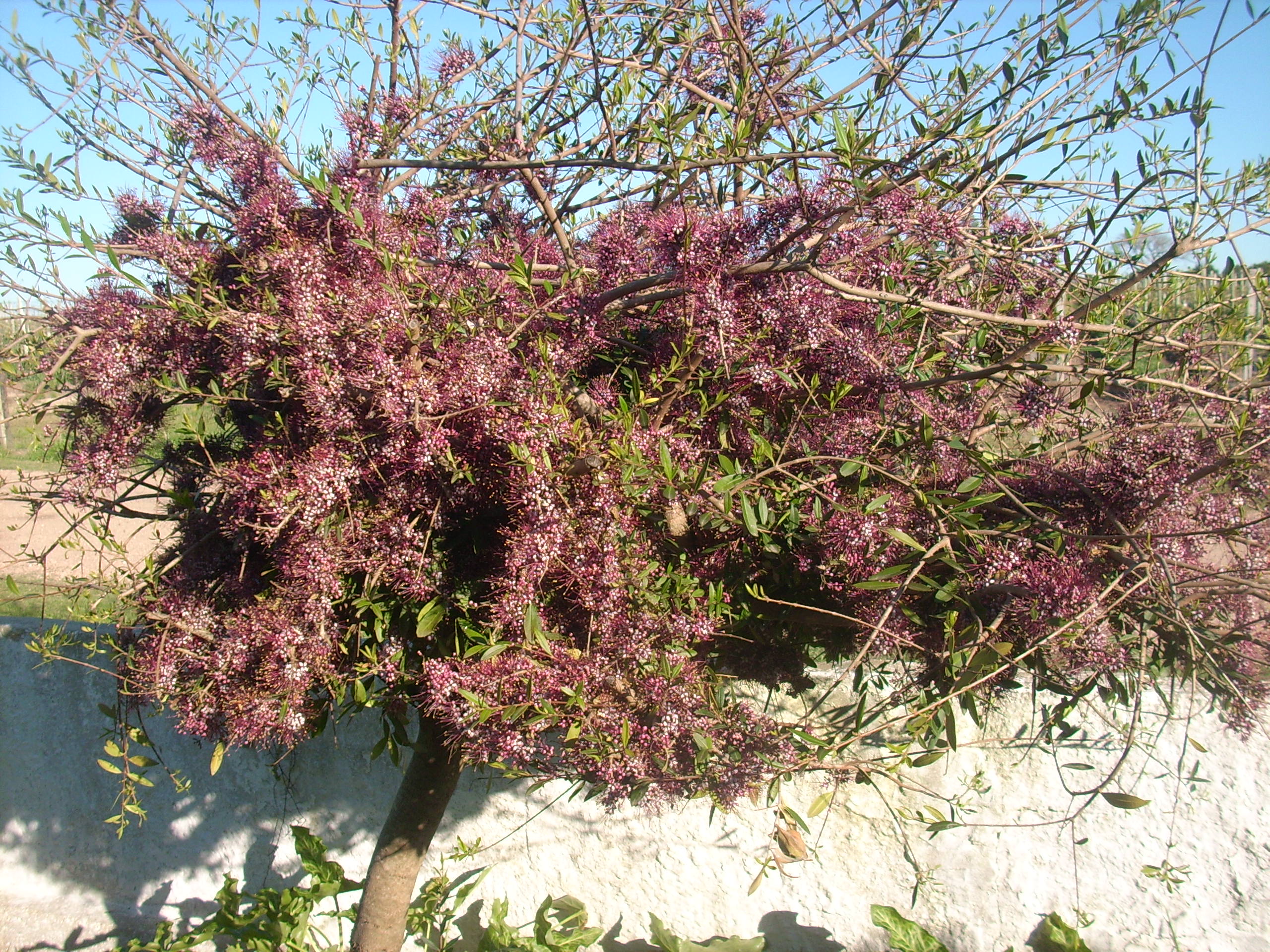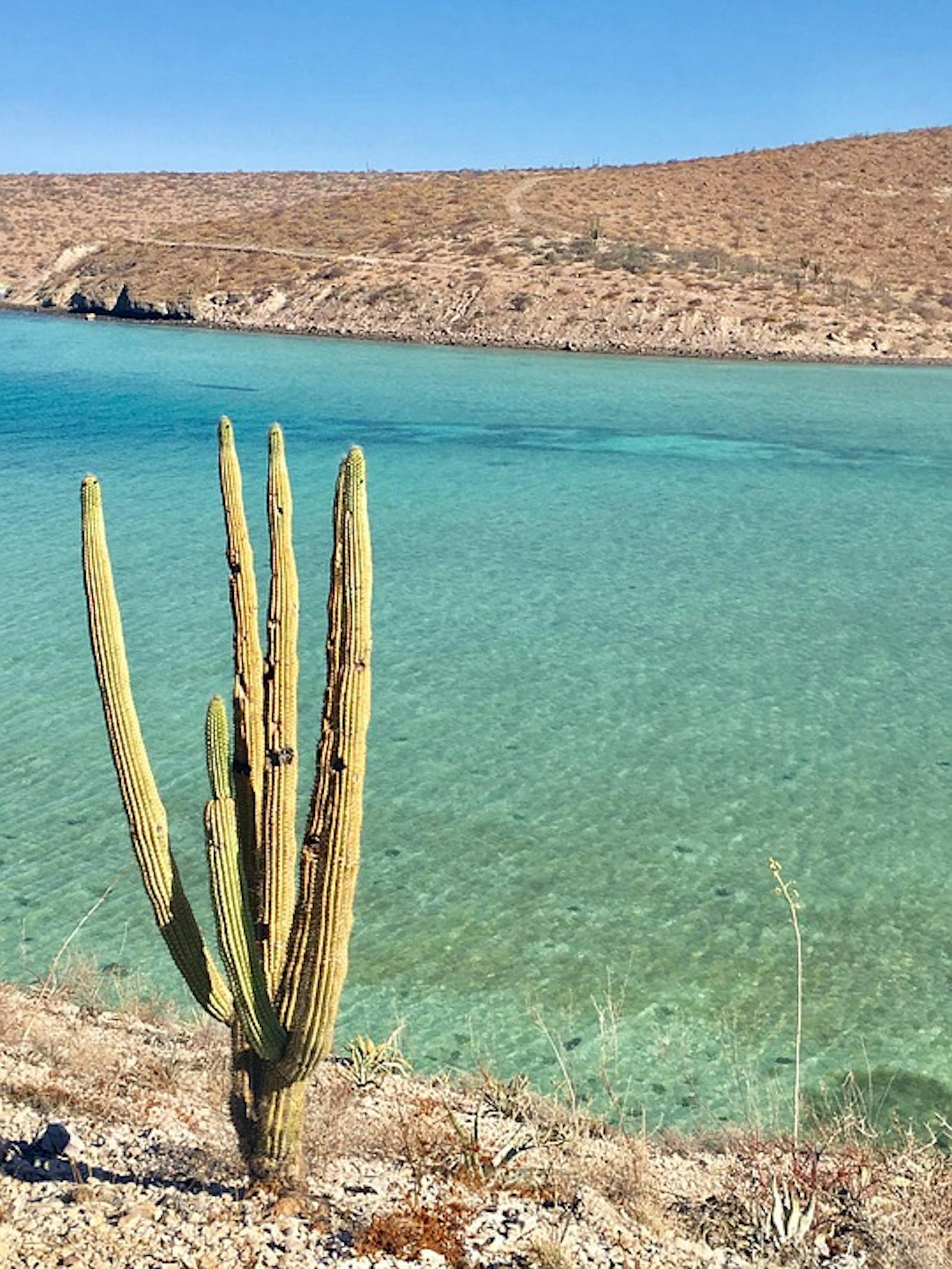Gulf of California Xeric Scrub
The ecoregion’s land area is provided in units of 1,000 hectares. The protection goal is the Global Safety Net (GSN1) area for the given ecoregion. The protection level indicates the percentage of the GSN goal that is currently protected on a scale of 0-10. N/A means data is not available at this time.
Bioregion: Baja California & Southern Deserts (NA30)
Realm: Northern America
Ecoregion Size (1000 ha):
2,363
Ecoregion ID:
431
Protection Goal:
65%
Protection Level:
8
States: Mexico: B.C., B.S.
The Gulf of California Xeric Scrub ecoregion stretches along the eastern coast of the Baja Peninsula, bordering the Gulf of California from Bufeo in the north to La Paz in the south. The ecoregion is largely delineated by the mountain range of Sierra de la Giganta, which runs north-south down the peninsula, and a narrow coastal east of the mountains. It also includes Isla Ángel de la Guarda, Isla Carmen, Isla San Jose, and several smaller islands in the Gulf of California and encompasses the Isthmus of La Paz, including its Pacific Ocean shore.
Neighboring ecoregions include the southern tip of the Sonoran Desert, most of the Baja California Desert, and on its southeastern edge, the San Lucan Xeric Scrub. The Gulf of California Xeric Scrub is mostly a very dry low mountain landscape, with elevations generally between 200 and 1,000 m, with the highest peak (Cerro de la Giganta) located near Loreto. Levels of endemism (species found nowhere else) are high in this ecoregion.
The Gulf of California Xeric Scrub has an arid subtropical climate, with some of the lowest precipitation (< 100 mm) in all of Mexico. Winter temperatures are generally between 20ºC and 25ºC in La Paz, at the southern end of the ecoregion, but can drop to around 15ºC at night. Summers are hot, with highs in the 34–36ºC range.
The slightly rainy season peaks in August and September, the North American Monsoon season, and the driest season is March through June, when often it does not rain at all. The dominant plant species across the ecoregion are creosote bush and white bursage (burro-weed), with other common plants including ashy limberbush (Arizona nettlespurge), palo fierro (ironwood), Baja California acacia, blue palo verde, and palo pinto.
The palo fierro (ironwood) is significant as the longest-living tree in perhaps any desert worldwide, with some individuals around 1,500 years old. Ironwood is considered a keystone species because it supports many other species by creating a more sheltered (shady and moister) microhabitat, adding nitrogen to the soil, and providing seeds and other food sources to many animals.ii

The flagship species of the Gulf of California Xeric Scrub ecoregion is the Palo fierro (ironwood). Image credit: Creative Commons
Unlike the Sonoran Desert, most of the biodiversity—including endemic species—in the Gulf of California Xeric Scrub is associated with oases. Oases are scattered across this ecoregion and provide habitat for Mexican fan palm, southern cattail, common reed, and many other species of plants and animals.
Moist habitats and wetlands were more common on the Baja Peninsula during various times in the past, so these oases provide a climatic refuge for species requiring moist habitats. They also provide important stopover habitats for birds migrating along the Baja Peninsula. Some 20 genera of plants, many reptiles, and two birds—Xantus’s hummingbird and Belding’s yellowthroat—are endemic or near-endemic (vast majority of their ranges) to this ecoregion.
The gray thrasher is endemic to this ecoregion and adjacent ecoregions on the Baja Peninsula. Endemic and near-endemic reptiles include three species of whiptails, Carmen Island zebra-tailed lizard, three species of banded geckos, Baja California collared lizard, Cape spiny-tailed iguana, four species of rock lizards, Baja California rat snake, four rattlesnakes, and many other species.iii
Fully 51% of the ecoregion is protected, with another 28% of habitat outside protected areas still intact but threatened by cattle grazing and urban expansion, which has displaced populations of ungulates, and unregulated hunting, which has reduced populations of puma. Tourism activities are extensive and growing, with serious impacts on some endemic species, such as Belding’s yellowthroat.
Priority conservation actions for the next decade are: 1) prohibit livestock grazing and other incompatible activities within protected areas and reduce them ecoregion-wide; 2) control invasive exotic plants, especially buffelgrass, which is deliberately cultivated to feed cattle and has invaded much of this ecoregion; and 3) reduce the impacts of tourism by carefully regulating the total volume and spatial distribution of visitors.
Citations
1. Southern North America: Baja California Peninsula in western Mexico. World Wildlife Fund. https://www.worldwildlife.org/ecoregions/na1306
2. MacMahon, J.A. 2000. Warm deserts. Pages 285-322 in M.G. Barbour and W.D. Billings, eds. North American Terrestrial Vegetation, 2nd edition. Cambridge University Press, Cambridge, U.K.
3. Howell, S.N.G., and S. Webb. 1995. A Guide to the Birds of Mexico and Northern Central America. Oxford University Press, Oxford, U.K.


